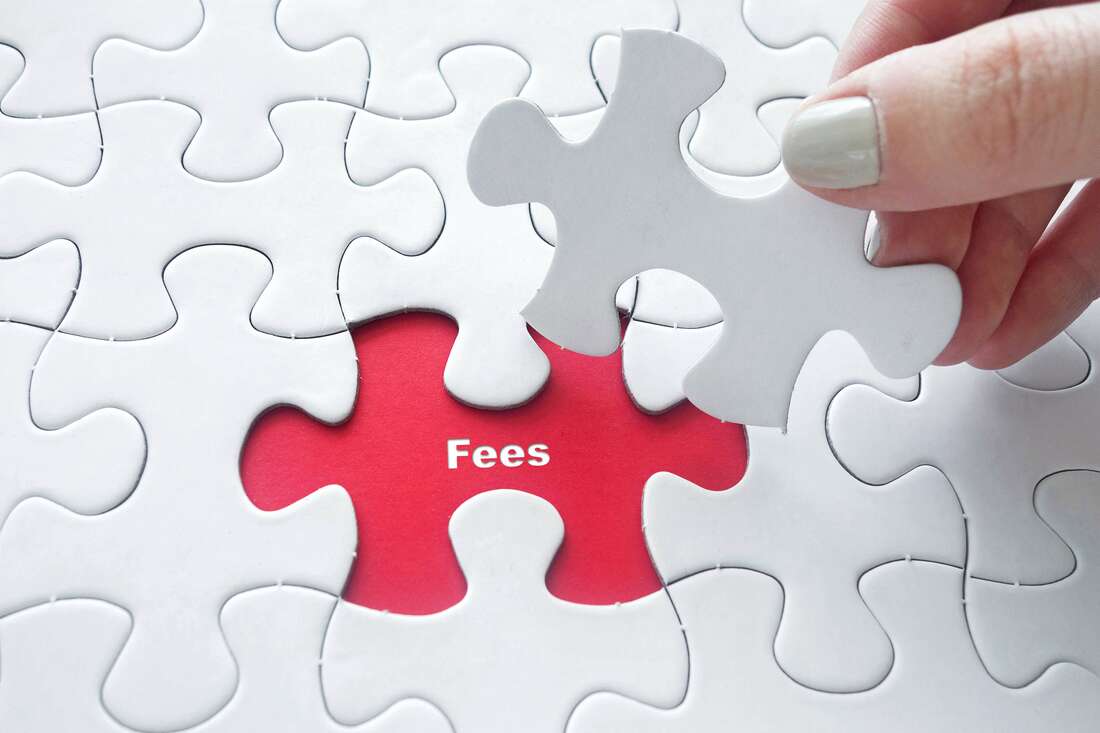The single most advantage of strategic planning is the benefit of having a 360-degree view of the business where strategy development has followed a well thought analysis framework.
Pursuing single-minded goal of profitability without looking at the interconnectedness of the drivers of profitability is risky.
There are five main hidden costs that stand on the way to sustainable profitability and overall organisational success including; suboptimal investments, uncollectible debts, foreign exchange losses, stock loses and legal contingencies.
All investment projects have the potential of generating long-term cash flows with positive net present values over the life of the project. The viability of the project is ascertained in a feasibility study, and for new ventures scale up is preferred to allow for learning curve and experience.
Suboptimal investments have negative net present values and therefore they carry hidden costs that can lead to massive loses. Such projects are prevalent in both private and public sectors. We are all too familiar with the much-hyped Sh7 billion Galala-Kulalu food security project in Tana River and Kilifi counties.
This was a Jubilee government flagship project that was to place some 10,000 acres under irrigation and transform Kenya into a food secure country. The project collapsed after the contractor, Green Arava Limited, abandoned work, sighting payment delays.
However, the Auditor-General revealed in 2017-2018 financial report that Sh5.9 billion or approximately 80 per cent of the total cost had been paid to the contractor despite no meaningful work undertaken. The other case can as well be the Kenya Pipeline Company’s Kisumu Oil Jetty.
The project was completed in 2018 at Sh2 billion with the Auditor-General noting in the company’s 2018-2019 financial report that Sh11 million was charged as depreciation for the facility, however, the facility has remained unutilised due to lack of infrastructure on the Uganda side to receive and store the product.
Bad debt is another hidden cost that often times imperils a company’s financial performance. Bad debt is an expense that a business incurs once the repayment of credit previously extended to a customer is estimated to be uncollectible. Bad debt is a contingency that must be accounted for by all businesses that extend credit to customers, as there is always a risk that payment will not be received.
When it is finally determined that the debt is irrecoverable, or it can only be recovered at greater expense than the amount outstanding, the amount can be written off from the books, often with […]
